At a Glance
Quick Tips
- Hike off steep ridges to find solitude
- Keep alert while driving through forests
- Still hunters kill some big bucks in dense woods


Hunters engaging with the GOHUNT platform regarding the San Juan, Abajo Mtns unit highlight a few recurring themes and useful advice. There is a noted correction in the geographical layout of the area, emphasizing the importance of accurate locational information. Several hunters suggest that while the area is known for its deer, access can be challenging due to private land, with recommendations to consider the La Sal Mountains as an alternative, especially for those seeking a rewarding experience with younger hunters. The advice shared suggests a focus on scouting efforts, both digital and field-based, with hints that desert areas may offer better opportunities than mountain regions for deer. Furthermore, engaging with local hunters and utilizing community feedback can be valuable for those looking for starting points in what can be a complex hunting landscape.
Some of America’s most stunning landscapes are home to a healthy herd of mule deer that occasionally reach trophy class. Due west of Monticello, the Abajo Mountains tower over foothills, bean fields and desert lowlands that are 4,000 to more than 6,500 feet below.
This unit is one of Utah's general deer units. Some desert terrain hardly gets hunted. Few hunters leave roads.
From the highest point, 11,368-foot Abajo Peak, to the desert floor 5,000 or more feet below, this is a scenic unit. Several deer are found in steep, forested mountains at elevations of 8,000 feet or more until mid-October when most of them drop to the foothills between 6,500 and 8,000 feet. There are always a few deer in the desert and several animals near crop fields in the valleys below.
Most of the valleys and foothills that form the unit boundaries are private, but the mountains are largely public with good public access. There are also a few CWMU's and tribal lands in the southern portion of the unit.
Low-elevation land is mostly bare soil, rocks, and sand with intermittent desert scrubs along with thousands of acres of crop fields, mostly alfalfa, and beans. Middle elevations are mostly foothills and mesas covered with pinyon, juniper, and Gambel oak with grassy, sagebrush ridges between rugged canyons and draws. At high elevations are aspens, firs and spruces with grassy meadows and some high ridges with grass and low bushes
Most hunters camp along dirt roads in the foothills or near high-elevation lakes that provide excellent fishing for pan-size trout. Motels and RV parks are in Monticello and Blanding, which are both close enough that a hunter could stay in town and still hunt at prime times. Campgrounds and lodging include:
Roughly 1,617 square miles
67% public land
Elevations from 4,500-11,368 feet
Four-wheel drive recommended during wet or snowy weather
ATVs necessary on some roads
Most ranches are CWMUs or are leased to outfitters.
Roughlock RV Park, Campground & Cabins in Monticello
Mountain View RV Park and Campground in Monticello
U.S. Forest Devils Canyon Campground at the base of the Abajo Mountains
Abajo Haven Guest Cabins in Blanding